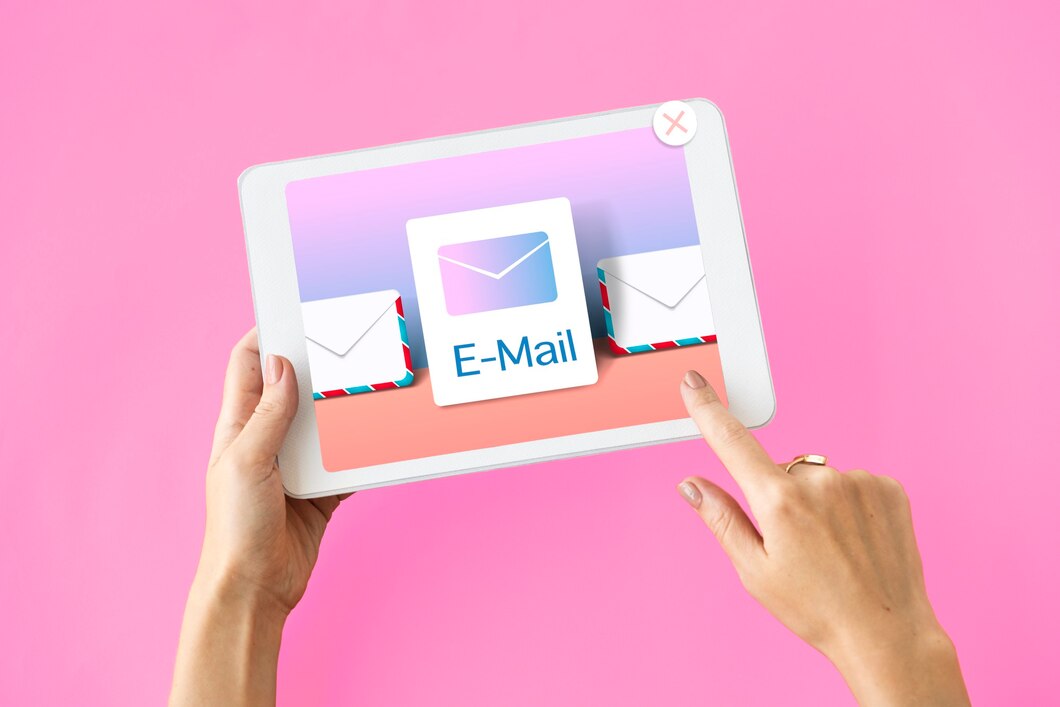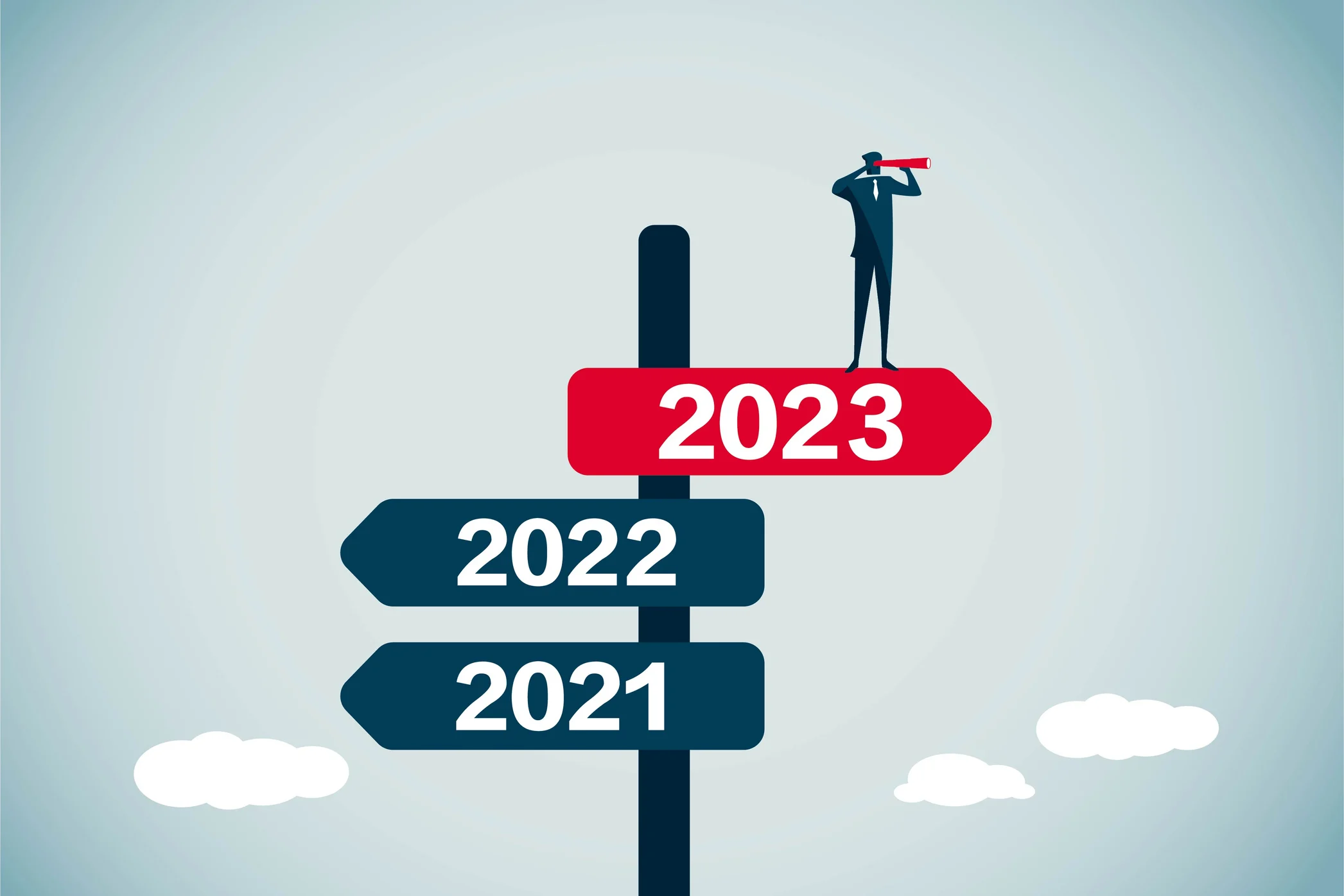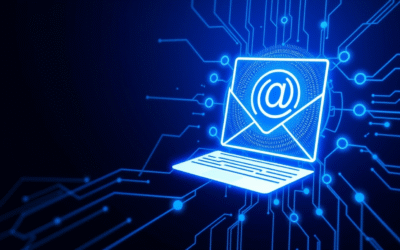Email marketing is a great way to connect with your audience, but keeping up with every message can be a hassle. This is where automation saves the day. It allows you to send the right emails at the right times without you doing all the work manually.
With automation, you create a series of emails that send automatically, making sure your communication stays consistent and timely. This means more time for you to focus on other parts of your business while still growing customer relationships. Automation also helps you personalize emails, which keeps customers more interested.
In this guide, we’ll explore not just how to set up these automated emails but also how to make them effective and engaging. By measuring the results, you can keep making your email marketing better. Automation is more than just a time-saver; it’s a tool for boosting your business success.
Understanding Email Automation Basics
Email automation is a handy tool for businesses that want to communicate with their audience efficiently. It involves setting up emails that send automatically based on specific triggers or schedules. This can include welcoming new subscribers, reminding customers about abandoned carts, or sending regular newsletters. It saves time and keeps your marketing consistent.
Here are some key components of email automation:
- Triggers: These are actions that start the email sequence. Common triggers include a customer signing up for your newsletter, making a purchase, or leaving items in a cart without checking out.
- Workflows: This refers to the series of automated emails that follow a particular trigger. A workflow can guide a subscriber through a journey, offering content that matches where they are in the buying process.
- Segments: Dividing your email list into segments lets you send more targeted messages. For example, you might send different emails to first-time buyers compared to repeat customers.
- Scheduling: You decide when emails are sent, whether immediately after a trigger or at a later time. This timing ensures that your messages reach subscribers when they’re most likely to engage.
Grasping these basics helps you set up effective automated emails that maintain contact with your audience without overwhelming your schedule.
Crafting Effective Automated Campaigns
Once you understand the basics, creating effective automated campaigns is your next goal. To do this, you need a clear plan and engaging content that captures attention.
Here’s how to craft a campaign that works:
- Define Your Goals: Know what you want to achieve with your emails. Are you aiming to boost sales, build brand awareness, or keep customers informed? Clear goals help shape your campaign.
- Know Your Audience: Understand who you are talking to. This helps tailor content that resonates with your audience’s interests and needs.
- Create Engaging Content: Make sure your emails are visually appealing and easy to read. Use images, clear calls-to-action (CTAs), and concise text to keep your audience engaged.
- Test Different Strategies: Experiment with different subject lines, content types, and send times to see what works best. A/B testing helps discover which elements drive better results.
- Monitor Results: Keep an eye on how your emails perform. Check open rates, click-through rates, and conversion rates to see if you’re meeting your goals.
Crafting an effective automated campaign involves a mix of strategic planning and creative content. By focusing on these elements, your email marketing can yield better results and create stronger connections with subscribers.
Personalizing Emails for Better Engagement
Personalization takes your automated email campaigns to the next level. It’s more than just adding a name to the subject line; it’s about making every message feel unique and relevant to the recipient. Personalization boosts open rates and keeps subscribers interested in your content.
Here’s how to add personalization to your emails:
- Use Recipient Data: Gather data like first names, purchase history, and browsing behavior. Use this information to tailor your messages, making each email relevant to individual subscribers.
- Dynamic Content: Include dynamic fields that change based on subscriber data. For example, showcase products related to what they’ve already viewed or purchased.
- Segmentation: Divide your list into smaller, more focused groups based on specific criteria like interests, location, or past interactions. Tailor emails to these segments for more targeted communication.
- Behavioral Triggers: Send emails based on user actions, like a thank you follow-up for a purchase or reminding them about items left in a shopping cart.
- Interactive Elements: Incorporate quizzes, polls, or personalized offers to engage recipients further and encourage interaction.
Personalizing emails turns routine communication into tailored experiences, increasing engagement and reinforcing your brand’s connection with customers.
Measuring Success and Making Improvements
Analyzing the performance of your automated emails helps you understand what’s working and what needs improvement. Metrics provide valuable insights into subscriber behavior and campaign impact, guiding you to make necessary adjustments.
Focus on these key performance metrics:
- Open Rate: This shows how many people opened your email. Improve it by testing different subject lines and send times.
- Click-Through Rate (CTR): This measures how many people clicked on links in your email. Boost it by ensuring that your content and CTAs are clear and appealing.
- Conversion Rate: This indicates how many email recipients completed a desired action, like purchasing a product. Optimize this by aligning your emails with user intent and simplifying the conversion process.
- Bounce Rate: This tells you how many emails didn’t reach their destination. Reduce it by regularly cleaning your email list to keep it updated.
- Unsubscribe Rate: Monitor this to understand why people opt-out. Lower rates suggest that your content remains relevant and engaging.
By consistently reviewing these metrics, you can refine your strategies, enhancing both your engagement levels and overall email marketing results.
Conclusion
Email automation stands as a valuable tool for effective marketing. When used correctly, it allows businesses to maintain meaningful interaction with customers while minimizing manual effort. From understanding the basics, crafting impactful campaigns, and personalizing emails, each step enhances how brands communicate and connect.
As email automation takes care of routine tasks, it frees up time for you to focus on creating innovative strategies that drive growth. This dynamic marketing tool helps nurture relationships, convert leads, and build a loyal customer base eager to engage with your brand. By analyzing the results and making informed improvements, businesses can ensure their email marketing efforts remain both effective and relevant.
Ready to harness the power of email automation for your business? Everzocial specializes in crafting tailored email marketing services in Cincinnati designed to boost your brand’s presence and engagement. Contact us today to see how we can elevate your marketing game and help your business thrive.








0 Comments